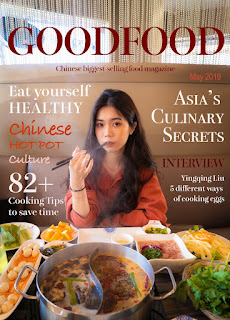Seeing and Shaping Light part 1 - 2 homework videos
Watch Part 1 and 2 of “Seeing and Shaping Light” workshop by Lindsay Adler. The videos can be found here. The combined time for both is an estimated 20 minutes. Answer these questions below. Due before our next class.
- Define Key Light
- The key light is the first and usually most important right that a photographer will use in alighting setup.
- Define Fill Light
- Fill light is use for control the lightness or darkness or the quality of the shadows.
- Give 3 examples of a fill light.
- Reflector
- Another light source
- Light that bouncing off the wall
- Define Rim (aka) Kicker Light
- Use to separate the object from the background.
- Background Light
- Is a light pointed at the background to great separating
- Define catchlights
- The specular highlights in the eyes.
- Define specular highlights
- The brightest highlight in the photo, the reflection of the lightsource.
- What secret does a secular highlight give you
- You can know what kind of light the photographer use and the position of the light source form the secular highlight.
- Compare and contrast soft light and hard light. What is at least 1 differences and how can you tell the difference in a photo?
- If the eyes of the shadow is harsh, it is a hard lights. But if there is a transition from the highlight to the shadow, it is a soft light. Moreover, looking at the photograph, if the highlight is sharp and it is really texture, it is hard light, otherwise, it is a soft light.
- Compare and Contrast Short Light and Broad Light. Where is the light placed for each and where does the shadow fall in each?
- The short light shows less face surface in the image., whereas the broad light shows more face part in the photograph. For broad light, it always place in front of the model’s face, but the short light always places on the side of the face.
- What mood/feeling does Short Light achieve?
- Drama, shadow
- What does Lindsay say is the biggest difference between a good or okay photographer and a great photographer?
- Great photographer think about the point and the meaning of theri photograph.
- Compare a Low Key Photograph to a High Key Photograph.
- Low Key are the darker tone, and the High Key are the brighter tone. They create really different feeling and style.
- If you see a razor edge light, what type of modifier was likely used?
- Low key
- Compare and contrast a high contrast and low contrast photo, including the histogram for each.
- The lower contrast does not have a really bright highlight or a really dark shadow, whereas the higher contrast have dark shadows and bright highlights.
- At the start of the video, Lindsay said that knowing these lighting terms does not necessarily make you a better photographer. How would you elaborate one why Lindsay is beginning her workshop by teaching these terms? Why is this important? Explain using at least 2 sentences.
- Lindsay beginning her workshop by teaching these terms to make people get a basic idea of what the meaning of the basic terms. In this way, when she teach other skills by using these words, or watching tutorial by other professional photographer, people would get the idea of what these words means.
- Using what you have just learned, how will you begin to use this knowledge to your photography, specifically your 6 photo passion project due at the end of the semester? Explain using at least 2 sentences with at least 2 specific ways you are going to use this knowledge to change the way you photograph and how you will apply these principles to your work going forward.
- I will use different light setting for different photo in order to to make a different feeling of expression. For example, for the black balloon and the red one, which are the negative emotion, I will use low key and high contrast to create the sharp shadow and bright highlight. This will make the photography more dramatic. For other photograph in my final project series, like the pink balloon and the orange balloon, I will use soft light and high key, low contrast to create a more dreamlike feeling.


14 is incorrect. A honeycomb grid is the correct answer. Good work overall.
ReplyDelete